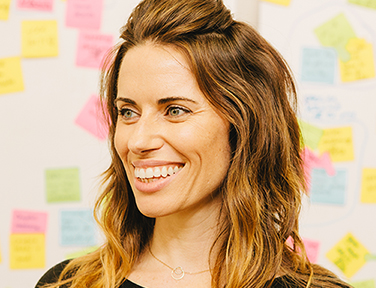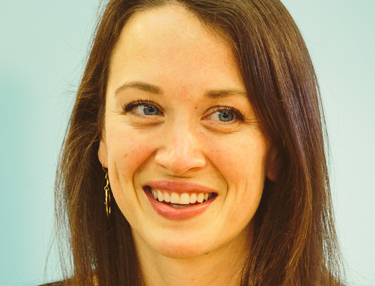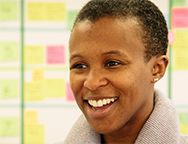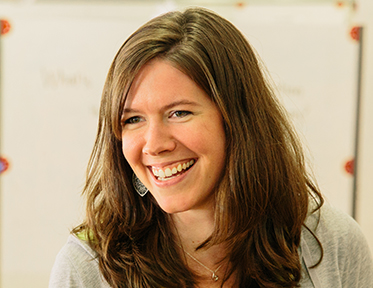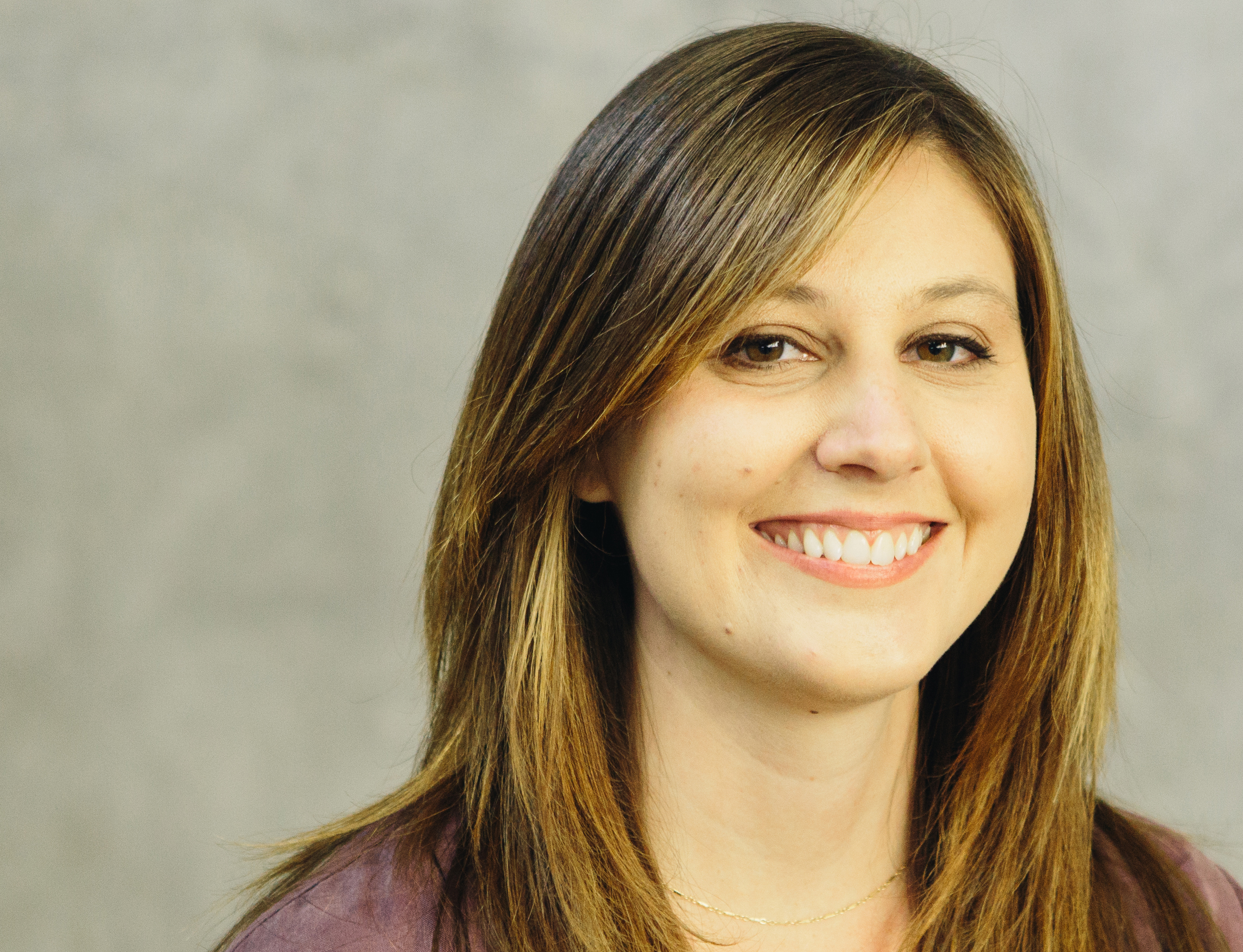Bob Sutton

Professor of Management Science and Engineering and Co-Director of the Center for Work, Technology, and Organization
Bob is a Stanford Engineering School Professor who is trained as an organizational psychologist. Bob is happiest when he is helping to start something new or at the edge of something old. Bob loves the Stanford Engineering School (at least most of the time) because it is so easy to start new things. The Engineering School helped Steve Barley and Bob Sutton start the Center for Work, Technology and Organizations in 1996, where researchers use behavioral science methods to study everything from what engineers do to distributed teams to high-end contract workers. The Engineering School was just as supportive about launching the Stanford Technology Ventures Program. Bob helped hire Professor STVP’s primary founder Tom Byers, co-taught with the first Mayfield Fellows Program with Tom, and served as STVP’s first Research Director. He continues to be actively involved in both WTO and STVP, although he has moved to the edge of each of these spirited and successful groups.
Bob’s work weaves the rigors of academic research with the realities of running a business. Bob struggles to bring together these worlds in classes he teaches to students and executives, companies he studies and works with, and his books and articles. He fails a lot along the way, but sees progress too. Bob’s books include Weird Ideas That Work and The Knowing-Doing Gap (co-authored with Jeff Pfeffer). Bob and Jeff are currently finishing a book on the truths and lies that managers are told about how to run a company (and how they can tell the difference between truths, lies, and half-truths), which will be published by the Harvard Business School Press in 2005. Bob has strong opinions, even if they aren’t especially consistent. The thing that he believes most strongly – and most consistently – is that life is too short to spend time with pompous jerks. Bob strives to work and hang out in places where “no asshole rules” are enforced. You can read about this rule in the Harvard Business Review, where, to Bob’s amazement, this proper magazine published his uncensored essay in January 2004.
Bob will make the d.school his primary focus at Stanford for the next 10 years. He aims to help make the d.school a lovely place to be, hang out with students and friends, avoid enemies, and do good work. Bob is now working to assemble a diverse group to help him imagine and teach project-based classes that meld design thinking and business. He is bringing together diverse people with experience as product designers, software designers, ethnographers, elementary school teachers, management consultants, project managers, CEOs, chief technical officers, and at least one futurist to join him in this adventure. Stay tuned to the d.school website for updates on these courses; the first will be taught next year.
Bob has learned two big things that he tries to live every day and will try to pass along to d.school students. The first big thing is that comparing yourself to others is usually a mistake, as you usually end-up feeling arrogant or inferior. Comparisons also makes you less creative, because losers imitate winners and winners imitate their old selves. The second big thing is that work is overrated activity. If you think about work too much, if you spend too much time doing it, and if your self-worth is wrapped-up in it too much, it makes you a boring and sick person. Bob’s goal over the next 10 years it to help make the d.school successful, but to spend less time doing and obsessing over work and more time with his loves Marina, Eve, Claire, and Tyler.













